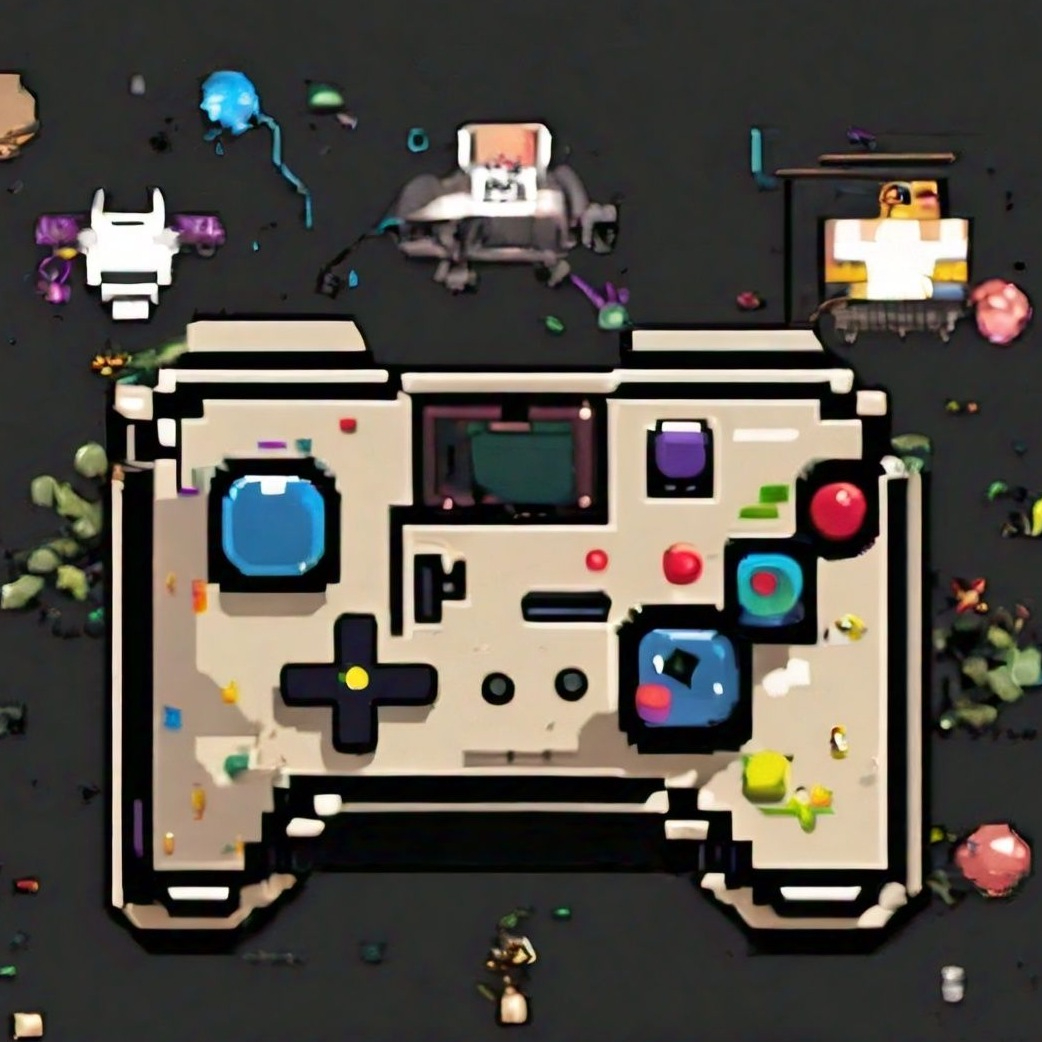The Chosen One: Consistent Characters in Text-to-Image Diffusion Models: Method
by
July 18th, 2024
Audio Presented by

Gamifications unlocks engagement secrets, merging playful design and tech to turn the ordinary into the extraordinary.
Story's Credibility

About Author
Gamifications unlocks engagement secrets, merging playful design and tech to turn the ordinary into the extraordinary.